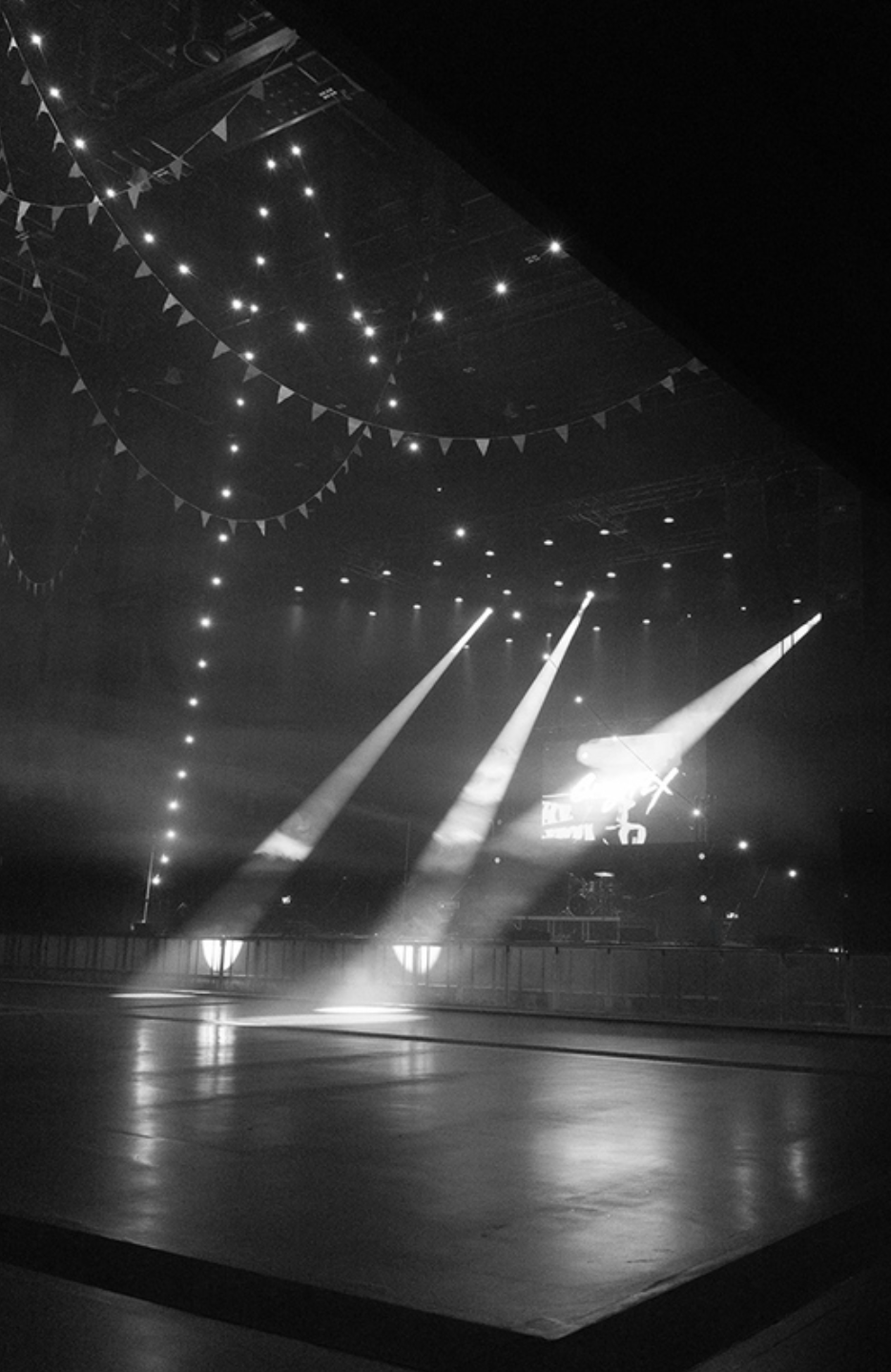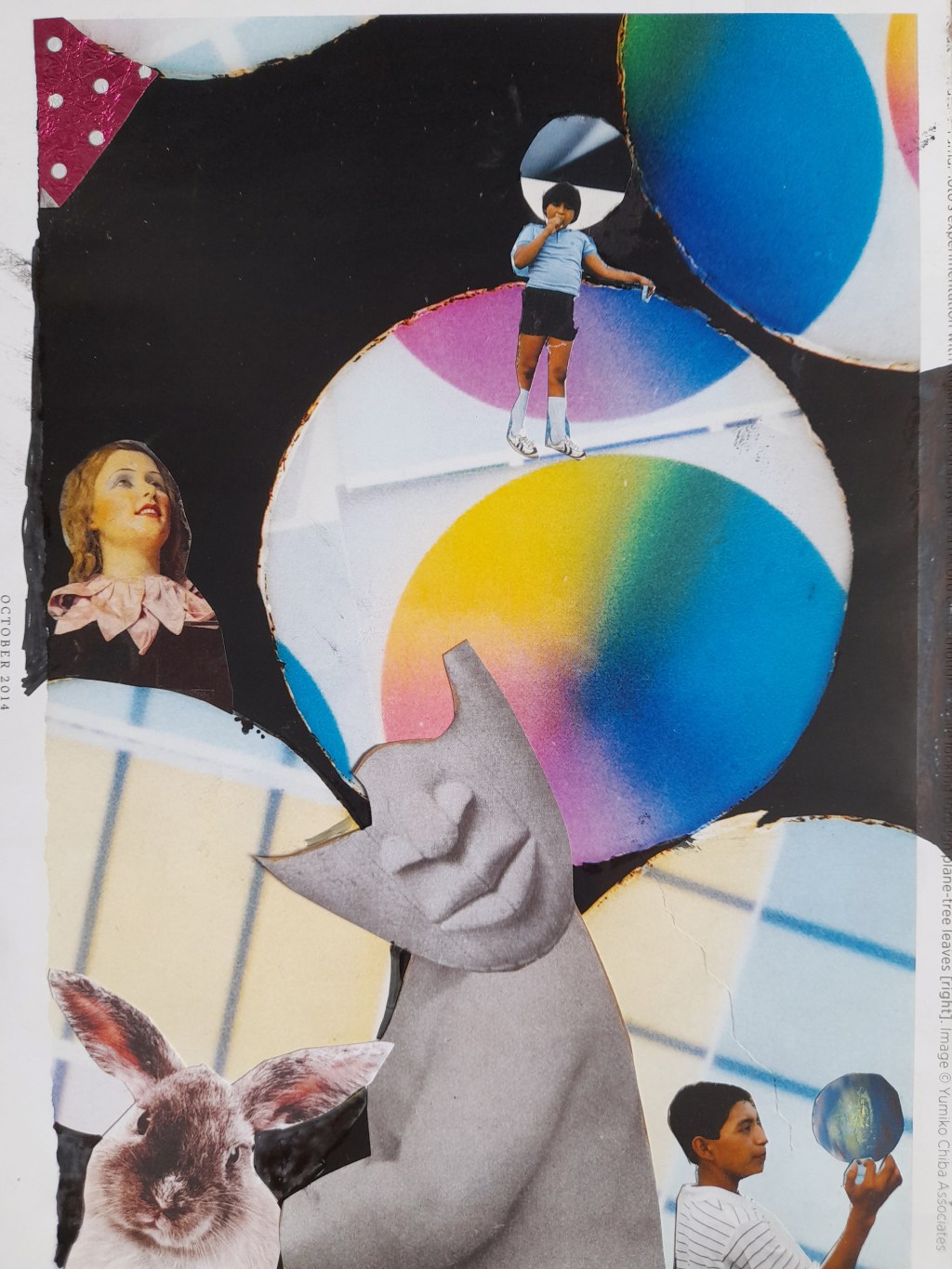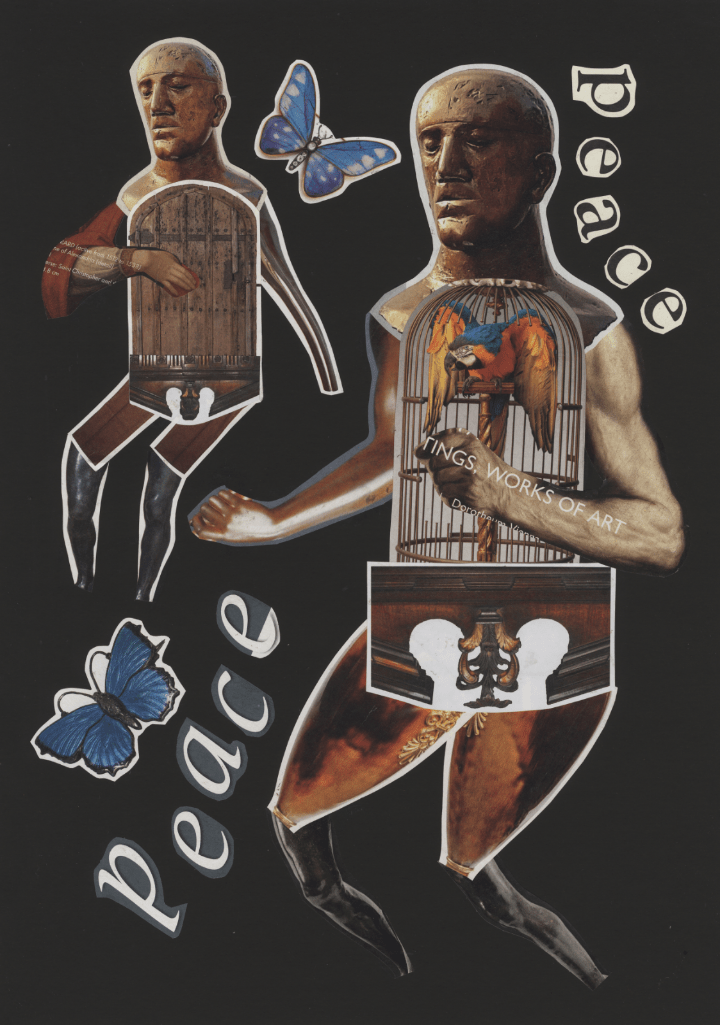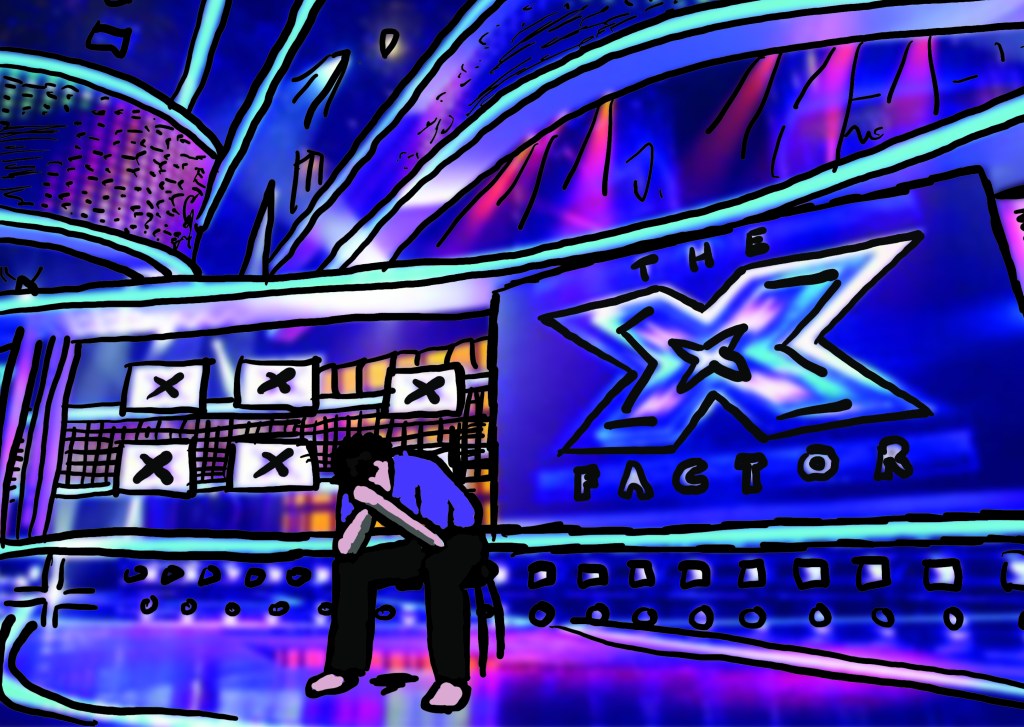“Would a bird build its nest if it did not have its instinct for confidence in the world?” – Gaston Bachelard
A relationship exists between what we say and where we say it. We use language to anchor place, while place can affect the meaning of language. We often think of home as the space which grounds us. However, ideas of what home means to us and how we are able to convey this through language seems to be in continuous flux in today’s society.
The question of what does and doesn’t make a home is at the heart of Jean-Baptiste Del Amo’s latest novel ‘The Son of Man’. One of France’s most ambitious young writers, Del Amo first came to my attention with his translated fourth novel ‘Animalia’ in 2019. The Son of Man, Del Amo’s second novel to be published by Fitzcarraldo Editions (once again translated by Frank Wynn), is a haunting and evocative story which delves deep into the dark side of human nature and the enduring legacy of paternal influence. Shifting from urban to rural spaces, The Son of Man centres on the life of a young boy whose world and sense of home gets turned upside down after his father returns after a mysterious six-year absence.
Del Amo’s trinity of main characters are simply known as the father, the mother, the son, and through their unravelling relationships the novel explores themes of power, control and the cyclical nature of violence. Upon his reappearance, the father immediately interrupts the day-to-day existence the mother and son had established together, destabilising the son’s current status as the man of the house. With an intention to reconnect the family unit, the father moves his wife and son away to the remote mountains, to a run-down house called Les Roches – the same home where he had grown up with his own cruel father, but one which is now a “ruined shell, a jumble of beams and rough-hewn rafters and lengths of rotting lath.”
Following in the richly textured world of Animalia, Del Amo’s writing is poetically dense, dark and brutal, painting a vivid portrait of the harsh realities of the family’s life in the countryside. As the father tries to convert the dilapidated domestic shell into a more secure space, the visceral imagery pulls the reader into a claustrophobic world of squalor and increasingly intense savagery. The characters – especially the father – are flawed, with their actions driven by love, hatred and a desperation hovering between pathos and rage. “’He’ll be happy here,’ says the father, ‘you’ll see.’”
At first the son shares his father’s hunter mindset, enjoys learning from him and becomes at one with nature and the wilderness. The mother appears to have lived there before in another time, but clearly sees Les Roches as a pause and not a place to lay permanent roots. And any dreams of a long-term idyllic residence are tainted by a looming, violent shadow of struggling masculinity and monstrous fatherhood passed down from grandfather to father to son. Del Amo establishes this theme with the novel’s epigraph, a quote from Seneca’s tragedy ‘Thyestes’: “let the feverish rage of fathers live on in sons through every generation.”
Les Roches translates as ‘the rocks’ and is the fourth main character of the novel, functioning as a metaphor and psychoanalytic symbol of the family’s deteriorating existence in the mountains. The house becomes a psychic state. “The mother steps closer to the building, looks at the dilapidated façade, the tarpaulin partly raised by the ridge tiles. Turning around, she considers the view, slowly shaking her head.” For as much as the father may think he is creating a home for the present day, he is too troubled by jealousy and past experiences to have a realistic chance of setting up a proper happy ever after. Despite this house becoming their very own corner of the world, the question which remains is how much duress can the family take before everything – from the surrounding natural elements and landscapes to the very roof above them and their own minds – falls apart?
A house needs to be a safe place to shelter our daydreams, to be a conduit to channel the past and possible futures. In Del Amo’s novel, the house cannot shelter the mother and the son from the otherness that the outside and the outsider can bring. Similar to ‘The Shining’s’ Overlook Hotel, Les Roches is a place where dreams and nightmares coexist across timelines. With the property not being physically what it once was, Les Roches retains the emotional foundations of its sad past, which creates different dynamisms that oppose one another in the present. The father’s ideal of the dream house is doomed to fail because it is a broken shell rather than a protective chrysalis – it lacks the heart of a nurturing nest.
The Son of Man is intensely cinematic, intimately focused and precise. Del Amo’s narrative set-up quickly establishes mounting tension and waves of devastation, where any slim moments of hope soon become encased in darkness. The raw and unflinching prose constructs a series of brutal photographs in the mind which shines a light on the depths of cruelty and depravity that can exist within us. Often a challenging and uncomfortable read, The Son of Man is a novel that will stay with you long after you put it down. For what at first seems a simple plot quickly becomes a complex exploration of the home and the psychologic horrors of humankind, with hardly a chance to come up for air.
Jean-Baptiste Del Amo’s The Son of Man was published in May 2024 by Fitzcarraldo Editions.
Ryan Hooper





